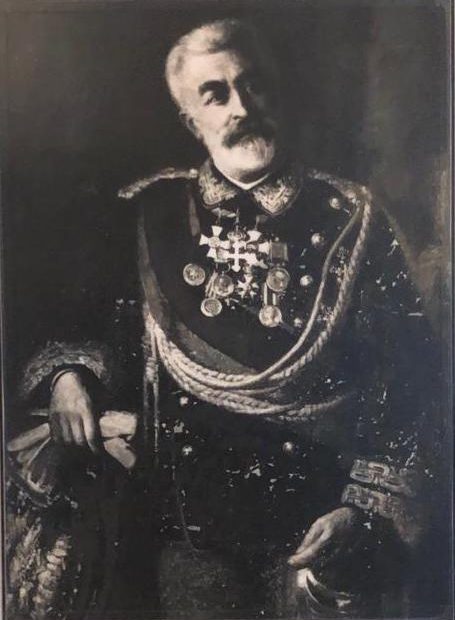The story insists on the tense thread to unite and perpetuate the legacy created by the performers and discovers the causality of episodes recorded in splitted cycles.
The Alpini Corps was designed by Senator Agostino Ricci (Savona, 24 January 1832 – Turin, 20 October 1896) to defend the saddles laid on the Alps and extend the defense from the fortified line on the valleys adjacent to the Po Valley to the Alps alias the border of Italy most exposed to France, Switzerland, the Habsburg Empire.
The descent from Switzerland to Italy on the icy Alpine pass succeeded to the 50 thousand French soldiers deployed in independent armies to increase operations was decisive to access the Po Valley and subtract northern Italy from the Holy Roman Empire. The heroism shown by the First Consul on the Via Alpina already crossed by the Carthaginian General Hannibal and the Emperor Charlemagne is eternal on the first official portrait of Napoleon. The painting “Napoleon at the Great St. Bernard” (1803) painted by the French artist Jacques Louis David (Paris, 30 August 1748 – Brussels, 29 December 1825) portrays the corsican General on the white horse Marengo but the happy outcome also depended on the mule: The saga exalts the hybrid bizarre and virtuous packhorse conscript as suitable for walking on the coves torn by the avalanches. David created five reproductions now kept at the castles of Charlottenburg (Berlin), Belvedere (Vienna), Malmaison (Paris), and the Palace of Versailles.
Ricci, eldest son of Giacomo (wealthy merchant rewarded by consular missions provided by the Habsburg and Papal monarchies) and Chiara Falco and brother of Caterina (Servant of God) was Lieutenant General and Deputy-commander of the War High School and the General Staff Corps. The characteristic infantry dedicated to the mountain was conceived by General Ricci and deepened by the slew of logistical campaigns promoted at the School of War. The birth of the Alpini (15 October 1872) opened the glorious era for the world’s oldest mountain infantry corps.
